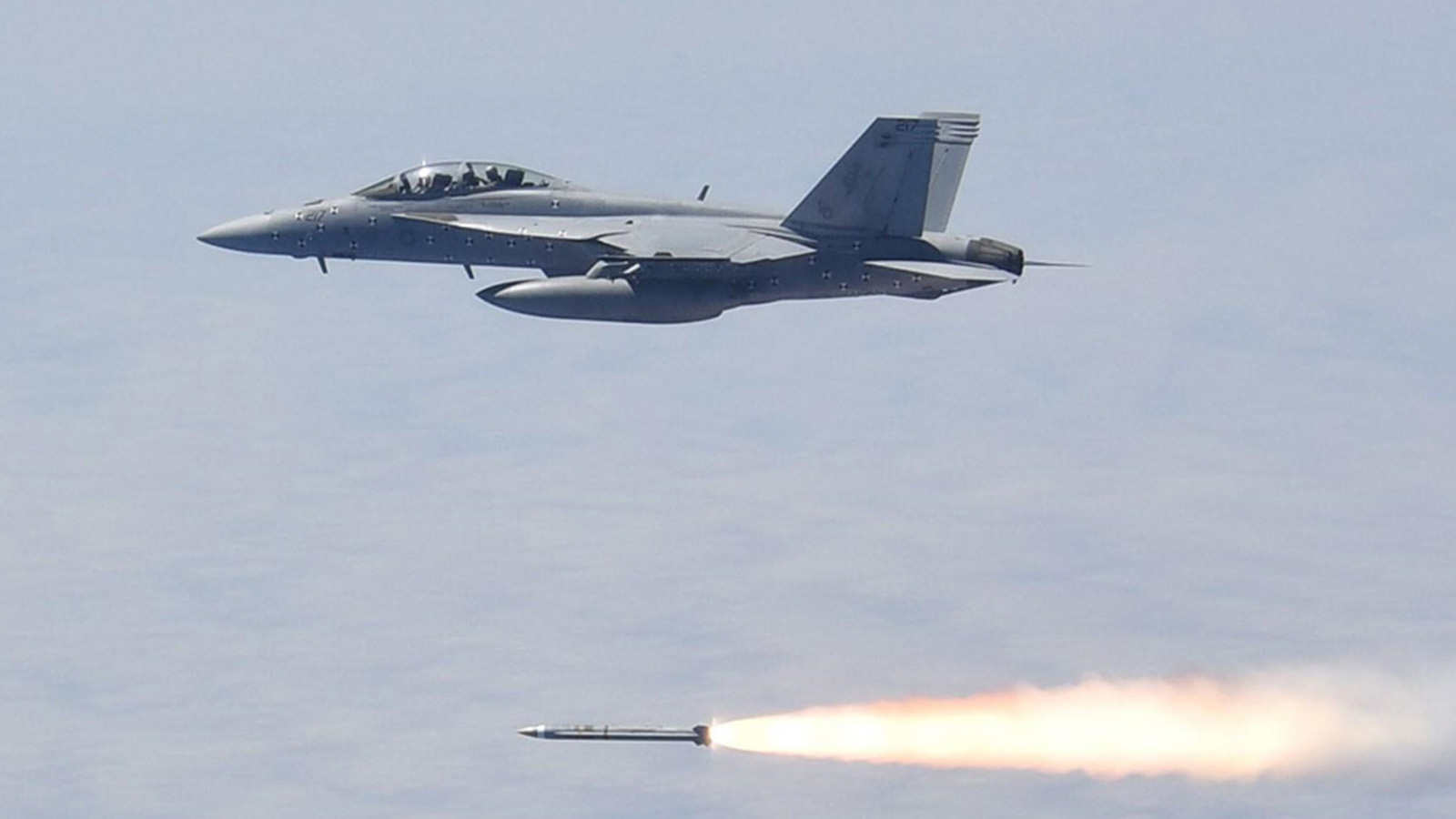Stay Up to Date
Submit your email address to receive the latest industry and Aerospace America news.
The Missile Systems Technical Committee focuses on technologies associated with the design, development, operations and utilization of strategic and tactical missile systems.
In July, Lockheed Martin intercepted a surrogate cruise missile threat with a PAC-3 missile at White Sands Missile Range in New Mexico. The flight marked the first time in a live-fire event that an F-35 Lightning II aircraft contributed to the tracking of a target.
Also in July, at Yuma Proving Grounds, Arizona, Raytheon Missiles and Defense used a nonkinetic Coyote Block 3 effector to defeat a swarm of drones. A significant first was the demonstrated ability to recover, refurbish and reuse the Coyote Block 3.
In April, the European MBDA Group and France-based Nexter, as part of the French defense procurement agency, conducted the first lock-on live firing of the Missile Moyenne Portée medium-range missile from a Jaguar armored reconnaissance and combat vehicle. The Missile Moyenne Portée hit a fixed target, which is the first step in integrating the missile onto the Jaguar platform.
Lockheed Martin had a string of flight tests of two different ground-to-ground missile systems. In March, the Extended-Range Guided Multiple Launch Rocket System demonstrated a range of 80 kilometers at White Sands, confirming the missile’s performance with the M142 High Mobility Artillery Rocket System launcher system. In May, the Precision Strike Missile demonstrated a range of 400 km at White Sands. In October, the Precision Strike Missile completed its fifth consecutive flight test, achieving its longest flight to date. The missile had an extended range flight over the Pacific Ocean, validating range and performance requirements, but the company did not release the exact distance.
As part of the U.S. Navy’s Conventional Prompt Strike program, Lockheed Martin and Northrop Grumman conducted a live-fire ground test in May of the first-stage solid rocket motor. Conventional Prompt Strike is designed as a hypersonic boost glide system to carry a non-nuclear payload. It is a joint Army-Navy program with each service tailoring its design for different launch environments.
In September, the Navy authorized Northrop Grumman, as the prime contractor for the AGM-88G Advanced Anti-Radiation Guided Missile Extended Range missile, to begin low-rate initial production.
In August, the U.S. Marine Corps and Raytheon Missiles and Defense, launched a Naval Strike Missile from shore and hit its target ship at sea using the Navy Marine Expeditionary Ship Interdiction Systems. The cruise missile is designed to destroy heavily defended land and maritime targets. According to Kim Ernzen, the vice president of Naval Power at Raytheon Missiles and Defense, “This was the first time NMESIS has been used from shore to strike a target at sea during an operational exercise.”
Stay Up to Date
Submit your email address to receive the latest industry and Aerospace America news.




